What is the tolerance range of precision screws?
What is the tolerance range of precision screws?
Service Hotline
+86760-8787 8587We have more than ten years of production experience in the screw industry, the main products are: 60# bolts, steel heat treatment, medium fire GB118 pins, round rivet nuts, GB97 blackened 8-level flat washers, knock-on combination rivets, 8-level spring washers, Finger-twisted hand-adjusting bolts, multi-tooth locking, nylon plastic bolts, GB97 washer meson, 316 anti-corrosion and anti-rust stainless steel enlarged flat pads, pipe clamps, pipe hooks, circle screws, electrical instrument knobs, flat-head built-in expansion bolts, etc. Due to the different materials and specifications of the products, the prices are also different, if necessary, please contact us.


At present, the automatic nailing device on the domestic market lacks the restraint and arrangement of the rivets when they are out of the nailing device, which makes the rivets irregular and uncontrollable after the automatic nailing is completed, which has adverse effects on on-site use and maintenance, and is unstable. .
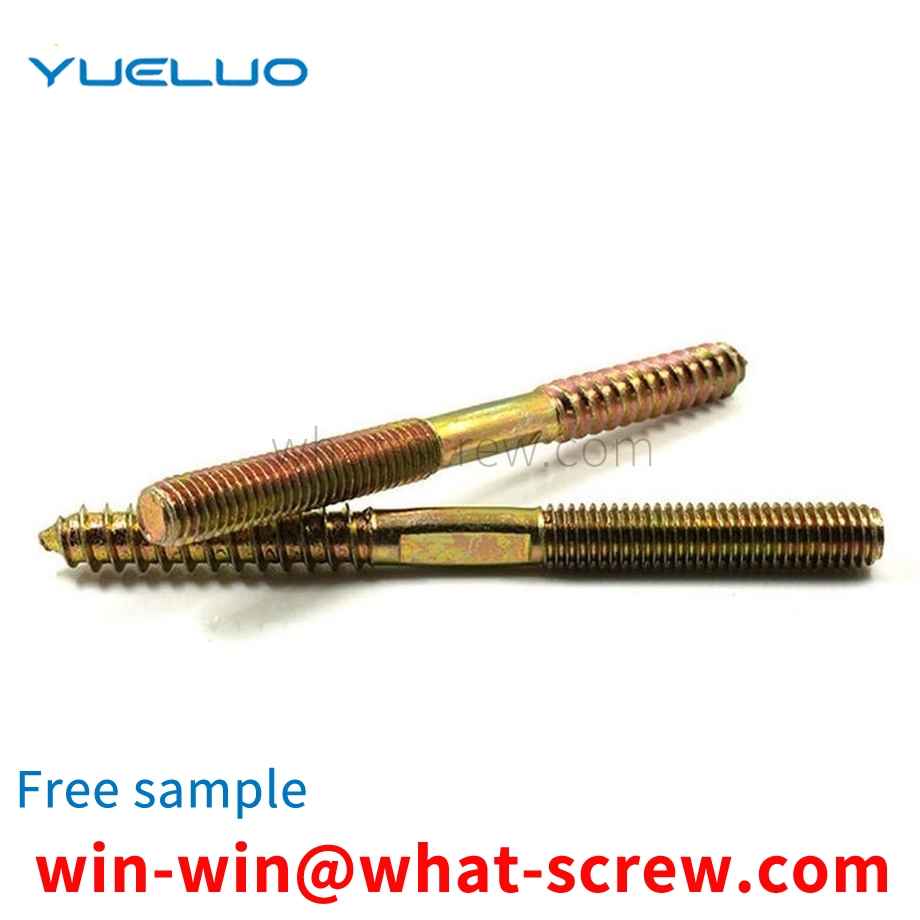
In general, the size, mechanical properties and working performance requirements of self-tapping screws have the following standards: 1. Self-tapping screw size standard ASME B18.6.3 2010 standard not only introduces the dimensions of slotted and cross-recessed self-tapping screws and metal drive screws, but also includes the mechanical properties and work performance requirements of carbon steel self-tapping screws. The appendix gives instructions for measuring the various dimensions and application guidance on clamping lengths and test apertures. 2. Self-tapping screw performance standards (including mechanical properties and work performance): (1) SAE J933: Introduces the mechanical performance and work performance requirements of carbon steel ordinary self-tapping screws and white-cut self-tapping screws. The requirements for selection of raw materials, heat treatment, depth of carburized layer, surface hardness, and core hardness are further specified. (2) SAE J81: The mechanical properties and working performance of self-extrusion self-tapping screws (self-tapping locking screws) are introduced. (3) SAE J78: The mechanical properties and working properties of self-drilling and self-tapping screws are introduced. (4) IFl-113: The mechanical properties and working properties of self-drilling and self-tapping screws are introduced. (5) ASTM C1513: Introduces the mechanical properties and performance requirements of carbon steel self-tapping screws. For other special types of self-tapping screws, there is no corresponding national or industrial standard, and no data for self-tapping screws made of other metal materials other than carbon steel have been recognized. For technical data on these self-tapping screws, you can check with the manufacturer.
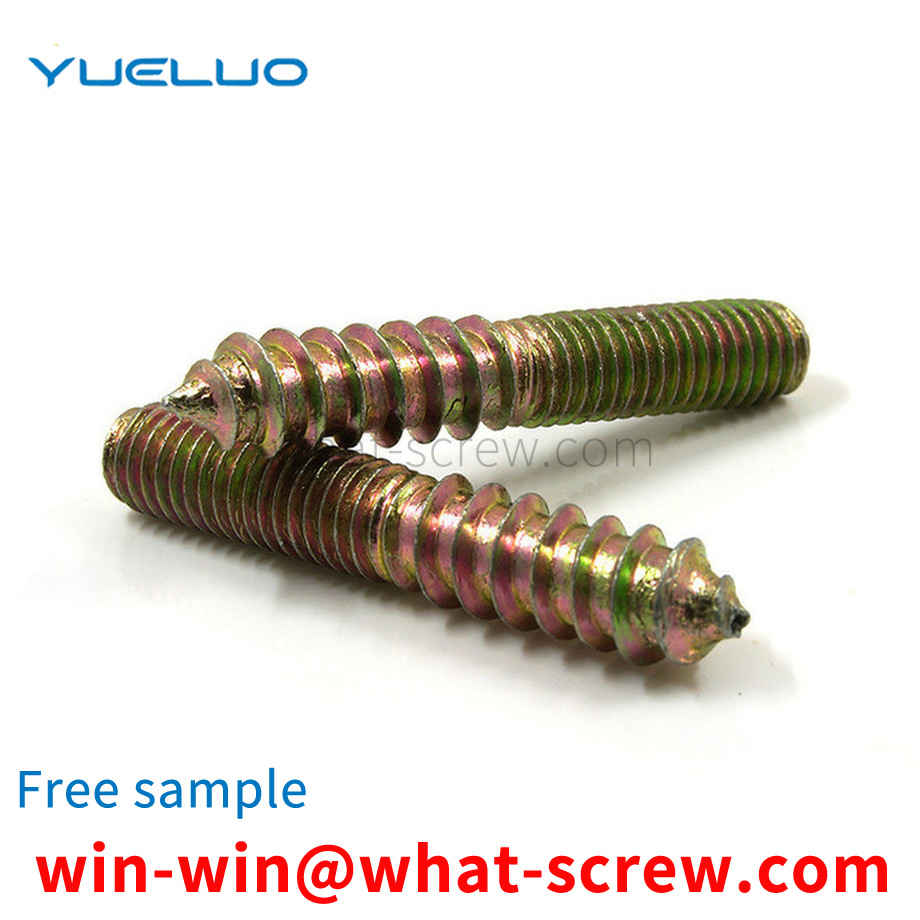
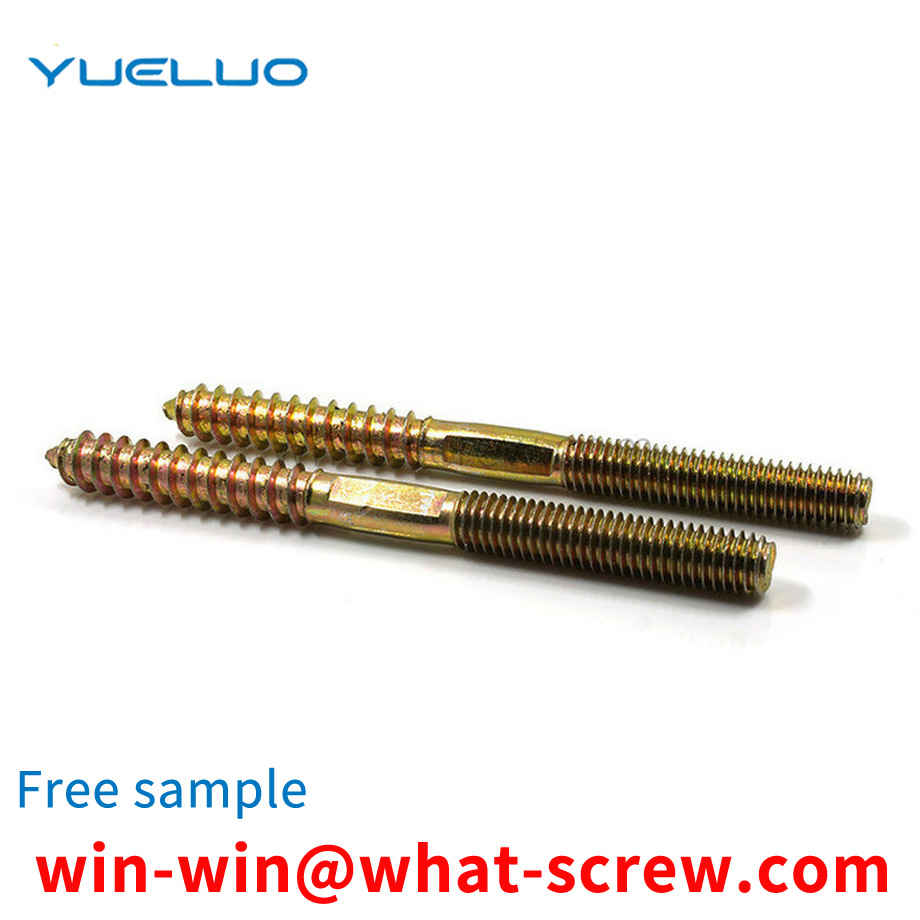
Due to manufacturing and installation errors, the lamp head and its connecting part of the shadowless lamp will drift, which cannot be positioned at any position. Therefore, in the shadowless lamp, the damping force is usually provided by the damping screw to realize the positioning of the lamp cap and its connecting part. The damping screw needs to be able to provide a suitable damping force. The damping force should not be too small to meet the positioning requirements; at the same time, the damping force should not be too large to make the user feel comfortable when moving the lamp head and its connecting parts. In addition, within the normal life range, after the damping screw is worn, it should also be able to provide sufficient damping force to satisfy the positioning of the lamp cap and its connecting part. The damping screw is tightened by the thread, the top pressure disc spring is deformed, and the disc spring presses the friction end to generate frictional force, thereby providing an effective and lasting damping force. The damping force can be realized by adjusting the screw tightness. For the friction ends, there are certain requirements for wear resistance, certain self-lubrication, certain strength, hardness and toughness. At present, the friction end materials in the industry mainly include metals such as brass and tin bronze; non-metals such as nylon and POM. At present, the main disadvantage of the friction end of the damping screw is that it is easy to produce abnormal noise during the friction process for metal materials. For non-metallic materials, deformation is easy to occur and the strength is insufficient.
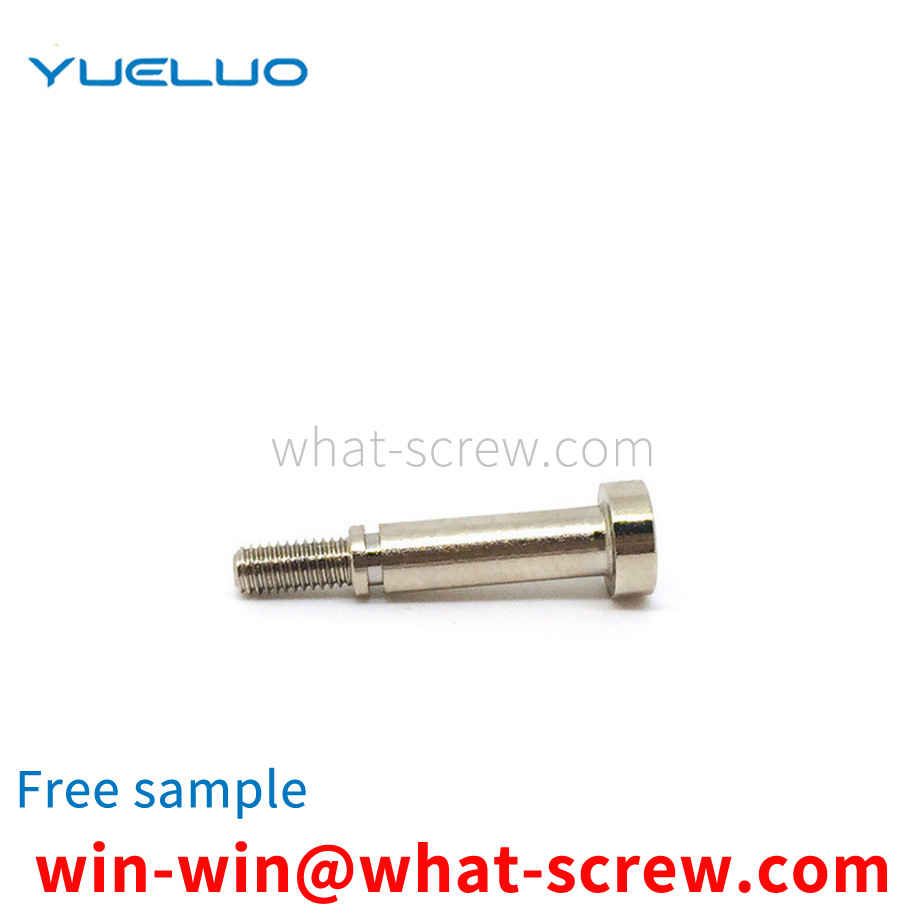
Rivets are nail-shaped objects with a cap on one end: in riveting, the riveted parts are connected by their own deformation or interference. There are many types of rivets, and they are not restricted in form. Commonly used are R-type rivets, fan rivets, blind rivets, tree-shaped rivets Rivets, semi-circular head, flat head, semi-hollow rivets, solid rivets, countersunk head rivets, blind rivets, hollow rivets, these usually use their own deformation to connect the riveted parts, generally less than 8 mm with cold rivets, larger than this size with Hot riveting, but there are exceptions. For example, the nameplate on some locks is riveted by the interference between the rivet and the lock body hole. The rivet pliers are used to cut rivets. The existing rivet pliers have a simple structure and cannot be riveted according to the The user needs to cut a certain length of rivets, and cutting the rivets is time-consuming and labor-intensive, and it is not convenient for people to use.
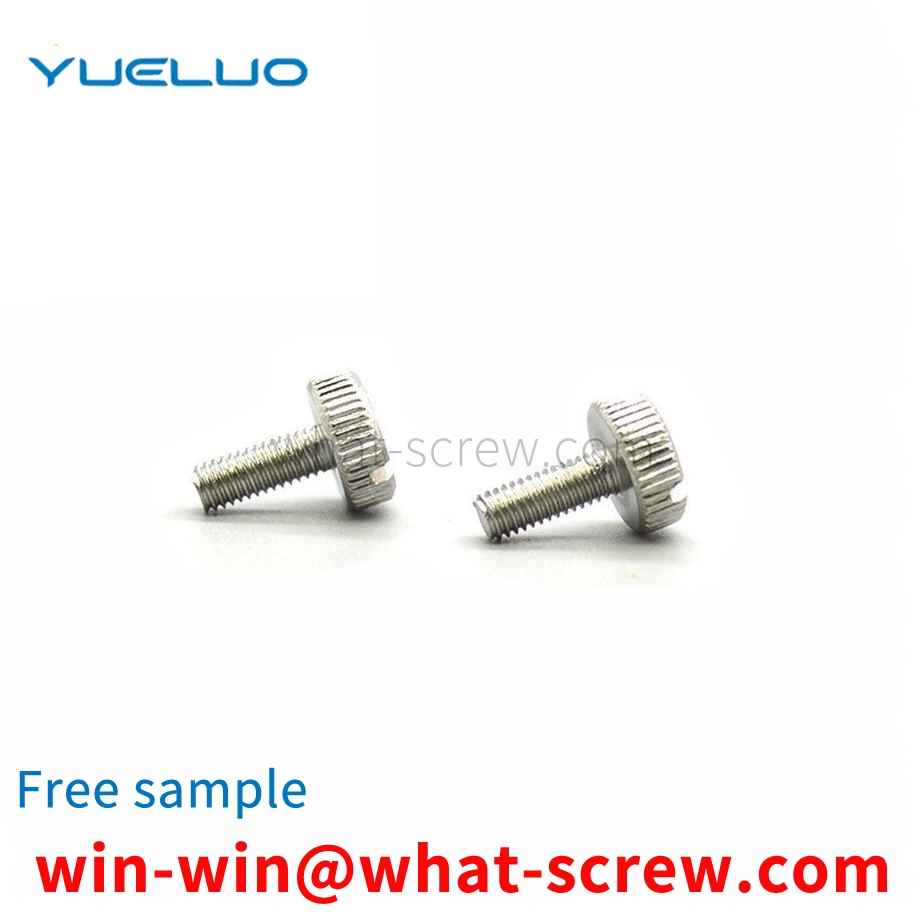
The above content is uploaded by Yueluo or the Internet. If there is any copyright issue, please contact [email protected].

What is the tolerance range of precision screws?

How to choose the right stainless steel screw manufacturer?

Why is there an R angle under the head of the hexagon head s...

We have more than ten years of production experience in the ...

We have more than ten years of experience in the production ...

We have more than ten years of experience in the production ...

We have more than ten years of experience in screw industry ...